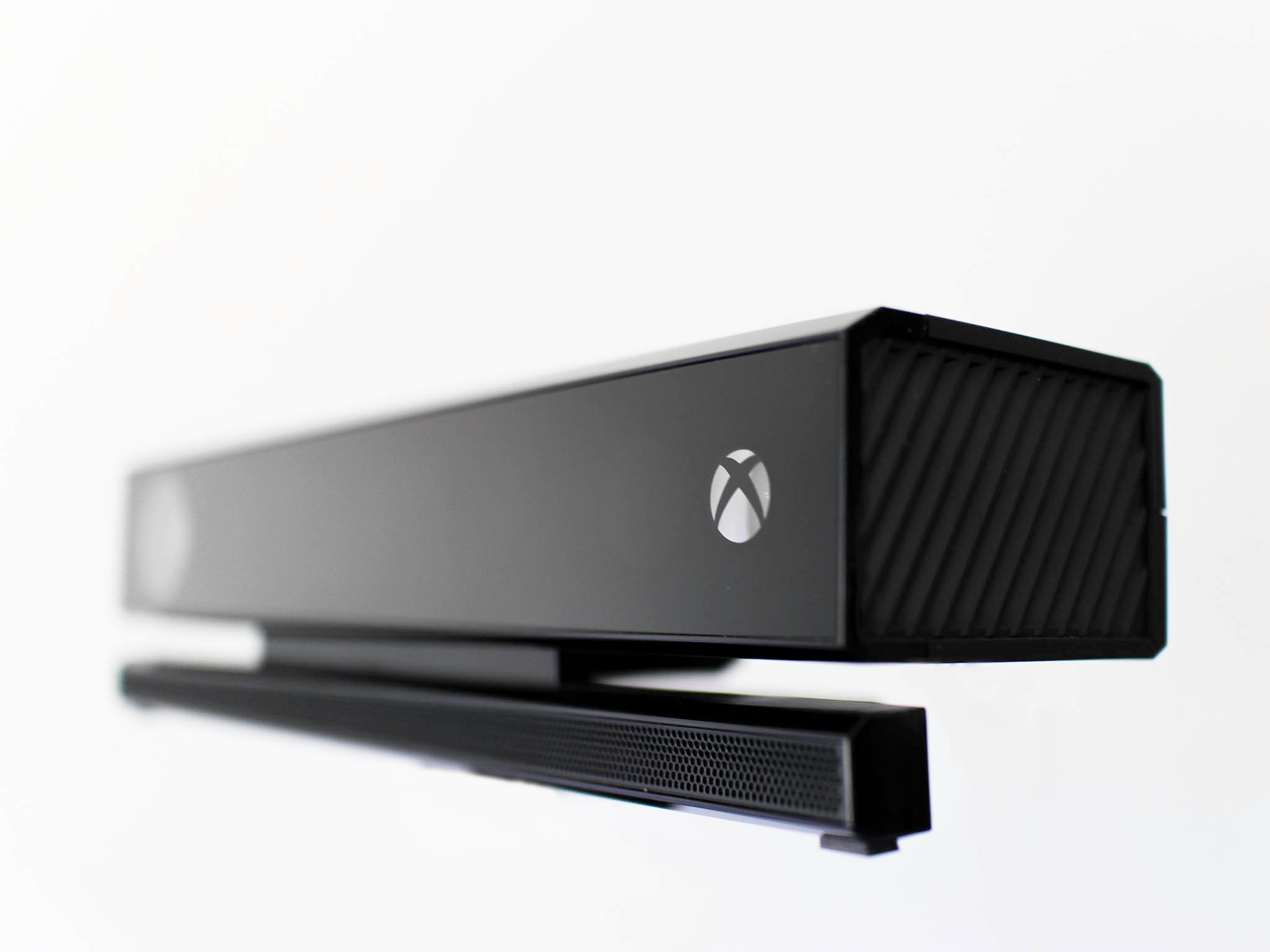
Yesterday Microsoft broke my heart and the hearts of early Xbox One adopters around the world. In case you missed it, Microsoft announced a Kinect-less version of the Xbox One will be offered for $399. That’s $100 cheaper than the current Xbox One SKU. That Xbox One sans Kinect will be available on June 9th in all regions where the Xbox One is already available. That bright future of the Kinect with the Xbox One that Microsoft promised last summer is now dead.
Melodramatic much? Probably. Bitter that I feel burned as an early adopter? Undoubtedly. My gut reaction is that this is a bad move for the original vision of the Xbox One. Of course, we’ve already had those DRM policies, and periodic internet connection requirements dropped last summer after heavy backlash. I still dream for that future where up to 10 friends and family members could access my Xbox One game collection anywhere in the world. Maybe someday that’ll come back when we’re all ready for it, but Microsoft has killed any future with the Kinect.
The Xbox One is the most expensive system for the eight generation of consoles. It’s launched in November for $499 and had to compete with Sony’s PlayStation 4 which retails for $399 around most of the world (sorry Canada). Nintendo’s Wii U can be picked up for $299, though it’s really struggling this generation. For all intents and purposes, the Xbox One is competing directly with the PlayStation 4.
Microsoft bungled the Xbox One message for the better part of 2013. They failed to communicate their vision for the Xbox One and the result was an uphill battle that they caused. Unfortunately, it looks like it’s the early adopters that are going to suffer the most with the decision to remove Kinect from the Xbox One.
We’re going to look at the good, the bad and the ugly for Microsoft’s decision to axe Kinect in a new Xbox One SKU.
The Good
Look, I can’t be overly negative about the whole situation. It’s not good for my health, and I’m doing my best to leave my emotions out of this. When I do that it’s easy to see the ‘good’ in giving the Kinect a backseat.
Despite launching a year before the PlayStation 4 and Xbox One, the Wii U has only been able to move 6.17 million units. That’s less than the 7 million moved by the PlayStation 4 and a little bit more than the 5 million pushed by the Xbox One. Of course, Microsoft’s real competitor for the living room isn’t with the Wii U, but with the PlayStation 4.
All the latest news, reviews, and guides for Windows and Xbox diehards.
Consumers are going to go for the system that’s cheaper. We’re only six months into the battle between the Xbox One and the PlayStation 4. We’re years off claiming a victor, but the PlayStation 4 has managed to grab an early lead. Microsoft doesn’t want to cede any ground to Sony’s camp. Dropping the price to $399 for an Xbox One will undoubtedly make buyers think hard about going with a PlayStation 4.
The good in dropping the Kinect (and therefore the price) from an Xbox One? More systems will be in living rooms. The gap between units shipped will close between the Xbox One and PlayStation 4.
Another potentially good move for dropping Kinect? Broader availability of the Xbox One. Right now Microsoft has to work hard to make some of the features of Kinect available to local markets. The localization of features is why things like Cortana won’t be available to everyone around the world at once. Dropping Kinect means Microsoft can potentially speed up the time it takes to make the Xbox One available in some regions. For example, sell the Kinect-free version in a new market and don’t stress about killer Kinect support at launch. Bring that Kinect support once you offer the Kinect as an optional accessory in that territory. The move could potentially see the Xbox One showing up in sooner in new markets.
The Bad
Dropping the Kinect was a short-sighted, knee-jerk reaction from Microsoft. A year hasn’t even passed since the launch of the Xbox One and PlayStation 4.
Remember last summer when Microsoft said they’d never offer a Kinect-free version of the Xbox One? Oof. There better be some execs eating crow in Redmond right now. Early adopters have been burned and left with an accessory that probably won’t get any action going forward.
The bad? Microsoft looks willing to change their stance after vehemently defending it. That’s a flip-floppy attitude and one that doesn’t install faith in customers. I’m happy more folks will get an Xbox One because of the move, but I think Microsoft should have stuck to their guns a bit more and dragged consumers into the future. Kinect was the future.
And the Ugly
Kinect is dead on the Xbox One.
This move signals that Microsoft has no faith in Kinect on Xbox One. The future of Kinect was written on the wall at launch. Microsoft failed to deliver a compelling Kinect experience and they haven’t done so in the six months following.
I’m disappointed because Kinect on Xbox One had so much potential, but that potential just hit a brick wall.
In June when the Kinect-less Xbox One goes on sale there won’t be a compelling reason to own a Kinect. Right now there’s not one game I own where Kinect is used on a regular basis. I guess Kinect really is a gimmick when it comes to gaming. Nobody over the age of 8 gets excited about Kinect Sports Rivals, and that’s the best use of Kinect in a game available on the Xbox One right now.
You’d think that Microsoft would have had a title available at launch or shortly after launch that highlighted the strengths of Kinect. That would have helped justify the bundling of it with every Xbox One. Microsoft failed there, and now early adopters are getting the shaft.
Less than a month from now the majority of consumers will start to buy Xbox One consoles without Kinect. By the holiday season, I wouldn’t be surprised if those without Kinect made up the majority of Xbox One owners.
The potential that Kinect had for gaming on the Xbox One? It’s gone. Third-party developers aren’t going to want to target an experience that only reaches half of the install base. Whether that happens by the holidays or not won’t matter, at some point the majority of Xbox One owners won’t have a Kinect. This is Kinect on the Xbox 360 all over.
The Future
The only one that can fix this mess is Microsoft. Was it a good business decision to axe the Kinect? Most definitely. But they also sent the wrong message to early adopters. Over 5 million Xbox One owners now have a Kinect, but no compelling gaming experience to go with it.
Microsoft has said that they’ll make the Kinect for Xbox One available as an optional accessory. This is so those that pick up the $399 Xbox One can someday later buy it if they want. But are they going to want to? It doesn’t seem likely.
We haven’t seen any indication that third-party developers are building killer Kinect experiences for the new generation. It’s going to be up to Microsoft and their first-party studios to create gaming scenarios where users actually enjoy using the sophisticated motion detector.
It’s a shame too because Kinect on the Xbox One is so much better than the original. The new version has greater accuracy with three times the fidelity and is capable of tracking without visible light thanks to an active infrared sensor. Its field of vision was also widened by 60 percent and is capable of detecting a user as close as 3 feet. It can track 6 skeletons at once, detect heart rate, facial expression, the position and orientation of 25 individual joints, speed of player movement, and the weight placed on each limb.
Microsoft should be working hard to take that technology and create a compelling game.
Your turn
Are you bummed out or excited now that you’ll be able to pick up an Xbox One without Kinect? Take our poll and let your emotions out in the comments.
Reading this in our app? Head to Internet Explorer to take the poll: m.wpcentral.com/xbox-one-without-kinect-will-sell-more-consoles-kills-any-potential-kinect-had

Sam Sabri was formerly the Managing Editor for Windows Central, covering Windows Phone, Microsoft Build, and many more topics.
